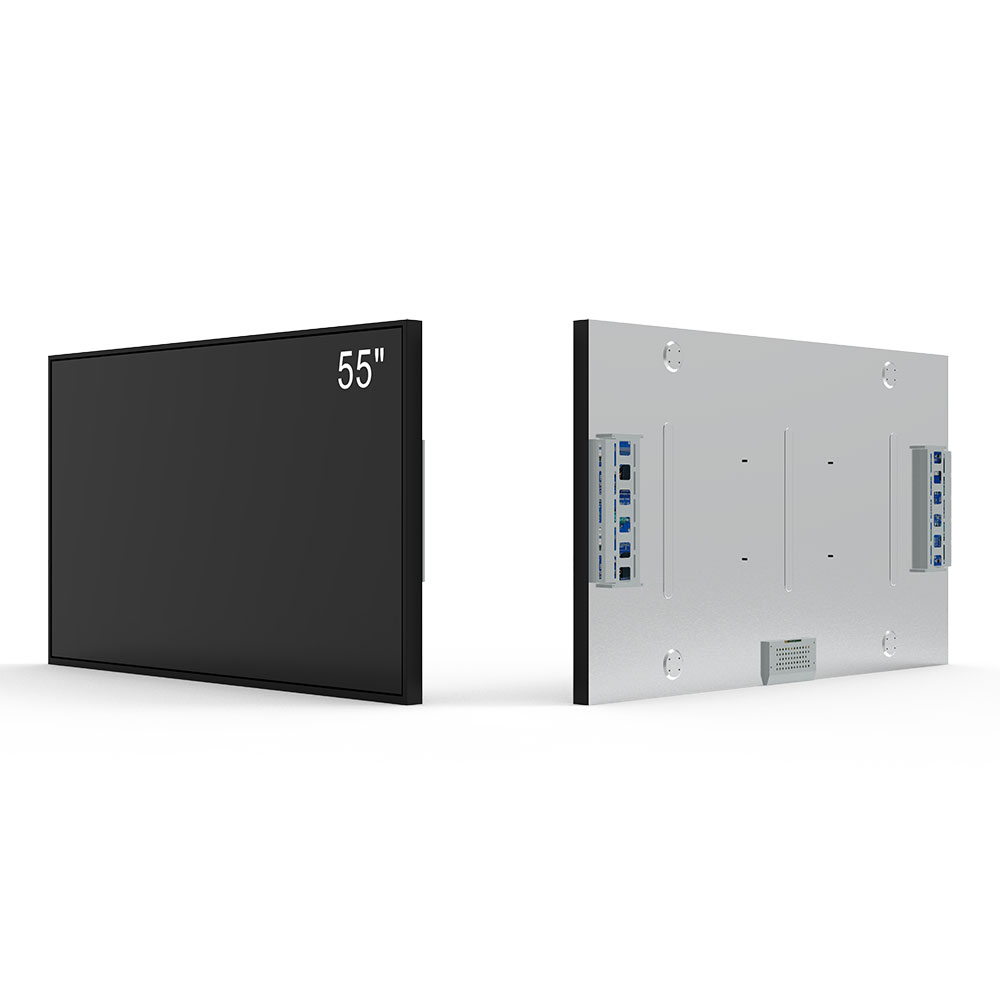When selecting an outdoor LCD screen for industrial applications, especially for overseas equipment manufacturers or distributors, it's critical to prioritize durability, visibility, and environmental resilience. These screens are not just display devices—they are integral components of machinery, control systems, and monitoring stations in harsh environments such as construction sites, manufacturing plants, and transportation hubs.
First, consider brightness levels. Industry standards like ISO 13406-2 recommend a minimum of 5,000 nits for direct sunlight readability. High-brightness LED-backlit panels (typically 7,000–10,000 nits) ensure visibility even under intense solar exposure, which is common in regions like the Middle East or South America. For example, a case study from a German heavy machinery manufacturer using 8,000-nit displays in desert conditions showed a 92% reduction in operator errors due to improved screen clarity.
Second, evaluate ingress protection (IP rating). An IP65 or higher rating is essential to prevent dust ingress and water resistance from splashing or rain. This aligns with IEC 60529 standards and ensures long-term reliability in humid, dusty, or wet environments—common in Southeast Asia and tropical climates.
Third, thermal performance matters. Outdoor LCDs must operate reliably between -30°C and +70°C. Components like wide-temperature TFT panels and passive cooling designs (no fans) reduce failure risks in extreme heat or cold. A U.S.-based logistics company reported 30% fewer screen failures after switching to thermally optimized modules compliant with MIL-STD-810G.

Finally, connectivity and integration. Industrial-grade screens should support RS-485, HDMI, and Ethernet interfaces for seamless integration into existing PLC systems. Some models offer ruggedized touchscreens (IP68) with glove-friendly capacitive technology, improving usability in cold or dirty environments.
By focusing on brightness, IP rating, thermal tolerance, and compatibility, manufacturers and distributors can choose outdoor LCDs that meet real-world demands—not just specs on paper.







